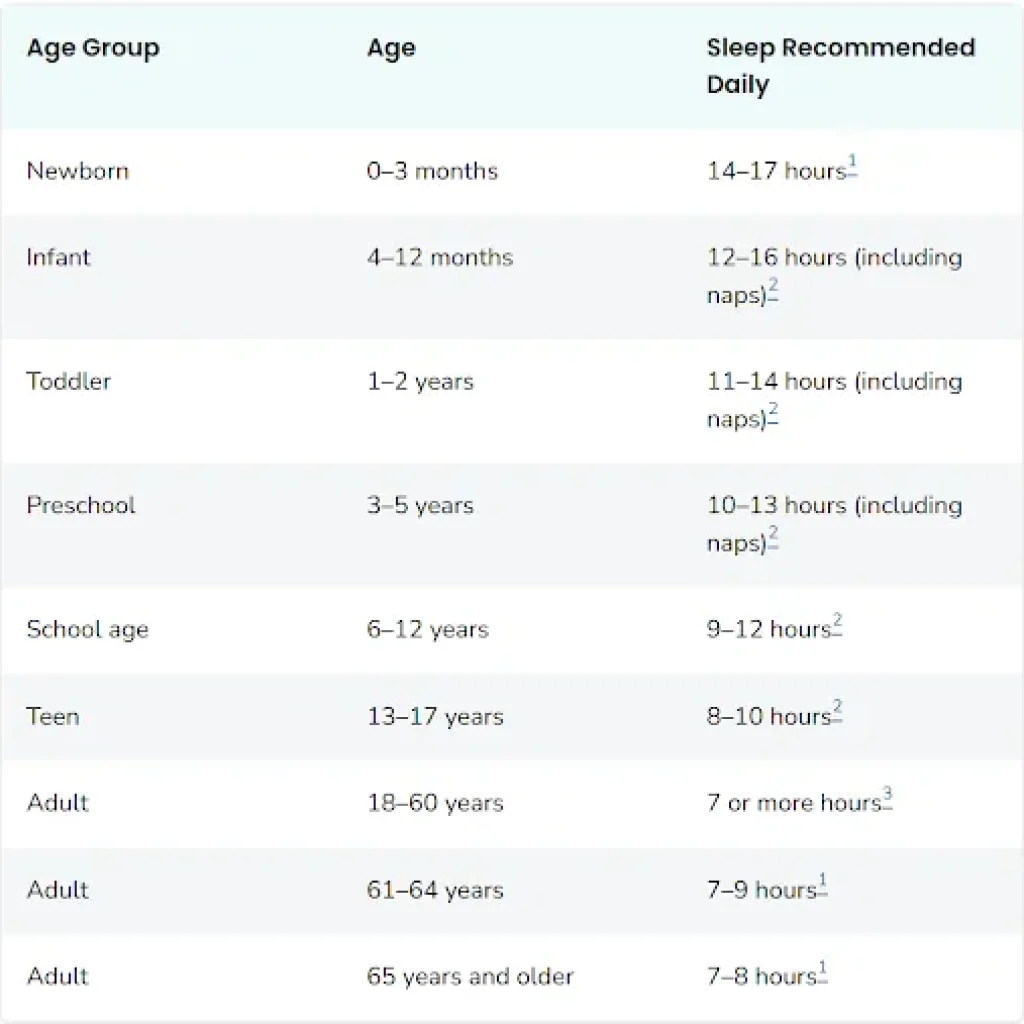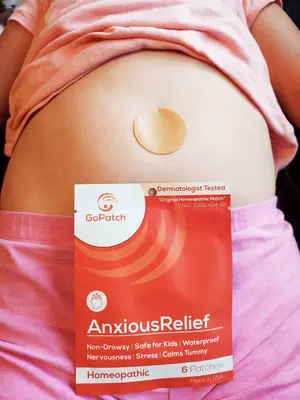
The first week of school can feel like a rollercoaster, exciting, overwhelming, hopeful, and nerve-wracking all at once. For many kids, it’s a time of reconnecting with friends, meeting new teachers, and stepping into fresh routines. But for others, especially those who are naturally sensitive or prone to worry, the transition can stir up real anxious feelings.
If your kiddo is feeling anxious about heading back to school, you’re not the only one navigating those tender moments. It’s completely normal for children to feel overwhelmed during big transitions like this. The comforting news? With a bit of patience, some gentle routines, and a few simple tools, you can help soothe their nerves and set the stage for a more peaceful, confident start to the year.
1. Hear the Feeling Before Offering Help
When anxious feelings show up, our first instinct might be to cheer our kids out of it. But saying “Don’t worry” or “You’ll be fine” can sometimes make them feel unheard.
Instead, slow down and really tune in. Try saying, “That sounds hard, and you’re not the only one feeling this way. How can I help?” It’s amazing how calming it can be for a child to know they’re not alone in what they’re feeling.
You’re not just helping them feel better today, you’re teaching them that it’s okay to have big feelings and that they’re never too big for you to handle.
2. Find Comfort in Everyday Habits
When everything around them feels new, teachers, classmates, classrooms, a familiar routine can be a gentle anchor for your child.
Simple habits like waking up at the same time, eating breakfast together, or packing their backpack the night before can help mornings feel a little smoother. You might even create a small ritual, like choosing a “morning mood” song or checking off a visual schedule, to bring a bit of fun and flow to the day.
Consistent routines help reduce the unknowns that often stir up anxious feelings and give kids something solid to lean on as they step into a new school year.
3. Small Comforts That Make a Big Difference
Sometimes, what a worried kiddo needs most is a little something they can hold onto, a quiet reminder that they’re not alone. It might be a smooth stone tucked in their pocket, a handwritten note slipped into their lunchbox, or a gentle, natural support like our Anxious Relief Patch to wear all day.
GoPatch offers a calming patch designed to help ease anxious feelings without any drowsiness or side-effects. It’s a simple way to offer your child steady support during those first days of school when nerves tend to feel the strongest.
4. Quiet Moments to Connect and Reflect
After a busy day, many anxious kids hold their feelings inside until they get home and then it all comes out. That’s a sign they’ve been doing a lot of emotional work.
Offer a gentle pause, a snack, a bit of fresh air, or some downtime, to help them decompress before diving into the next part of the day. Later on, you can invite reflection with warm, playful (but direct) questions like:
- What was a tough thing you faced today?
- Was there a moment that made you smile?
- What’s something you did today that you’re proud of?
These conversations give your child the chance to process their day and build confidence in talking about their emotions.
5. Gentle Encouragement for Everyday Bravery
For anxious kids, just showing up can be the biggest act of courage in their day. If your child walked into the classroom without tears, made eye contact with a teacher, or tried something new, take a moment to celebrate that effort.
You don’t need to make a big fuss. A simple, “I noticed how hard you tried today,” or “That was brave of you” can mean the world. When you praise effort instead of perfection, your child starts to believe in their own strength, even when things get tough.
A Loving Note for Parents
Transitions can be just as challenging for parents as they are for kids. Whether it’s the first day of school or a big milestone, it’s normal to feel worried or frustrated. The Child Mind Institute reminds us that simply showing up with calm and kindness makes a real difference, and that prioritizing self care is helpful.
Supporting your child with steady care builds resilience for the whole family. There’s no perfect plan, your presence is what matters most. When you lead by example, they will develop skills that will set them up for success to endure all life throws their way!
The Center for Disease Control recommends regular movement and healthy foods daily. Ensuring your child gets a proper amount of sleep is also one of the best strategies!
Check out this chart with recommendations by age from the CDC –

Looking for more support?
Our Anxious Relief Patch is a gentle tool designed to help children feel steady during transitions, without side effects or medications. And for more holistic support, explore our blog archive filled with tips for everyday wellness.

Sources:
About Children’s Mental Health | CDC
What to Do (and Not Do) When Children Are Anxious | Child Mind Institute


